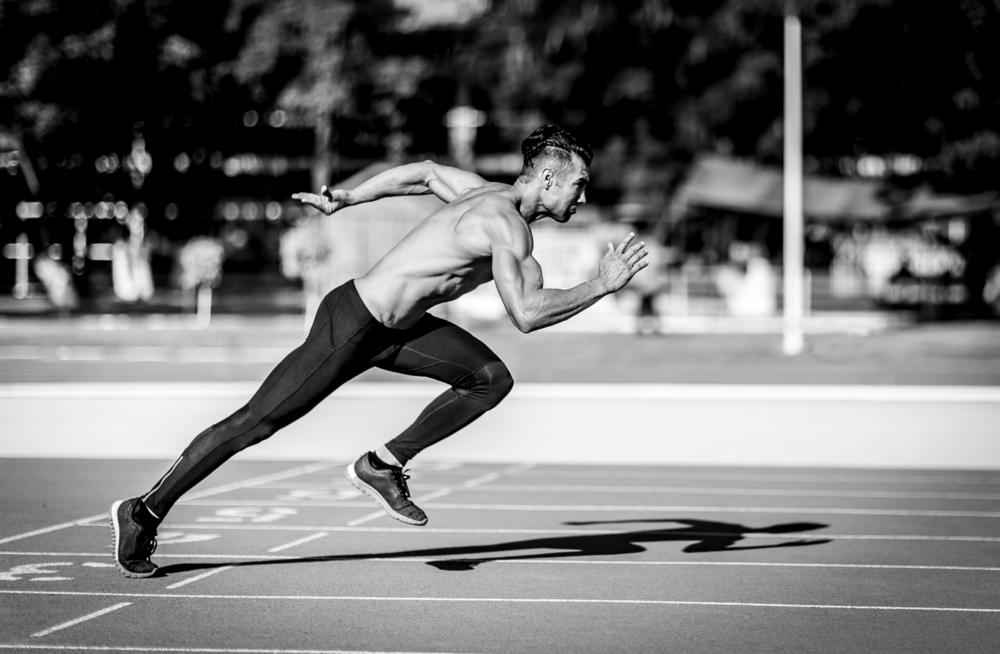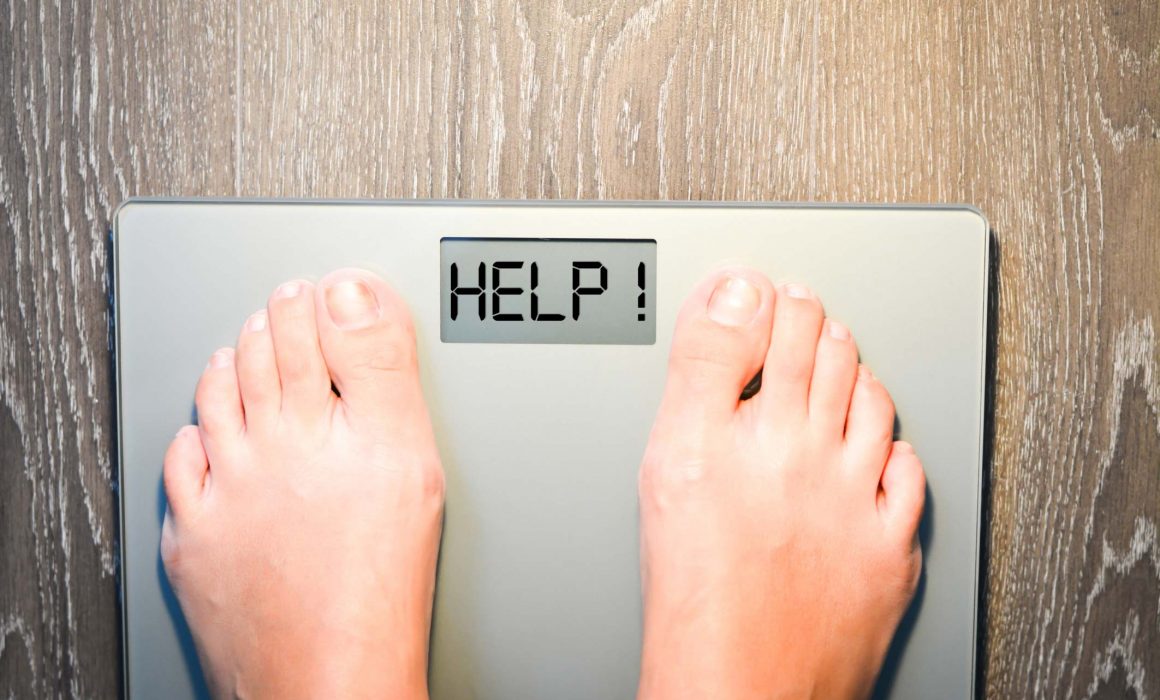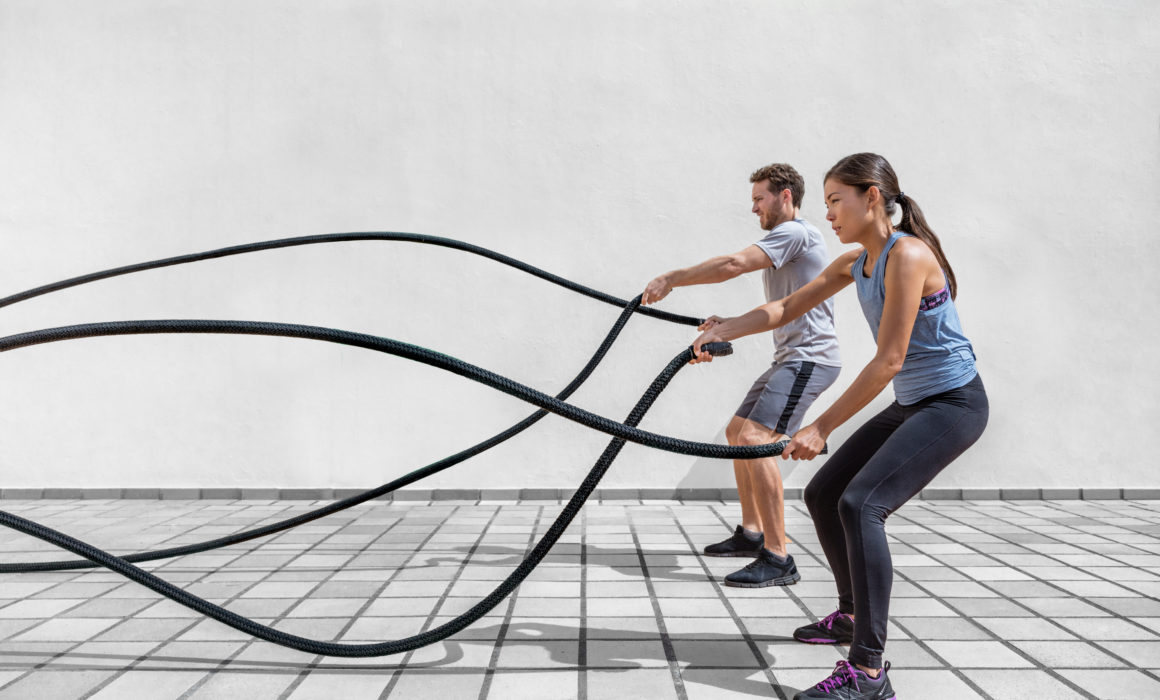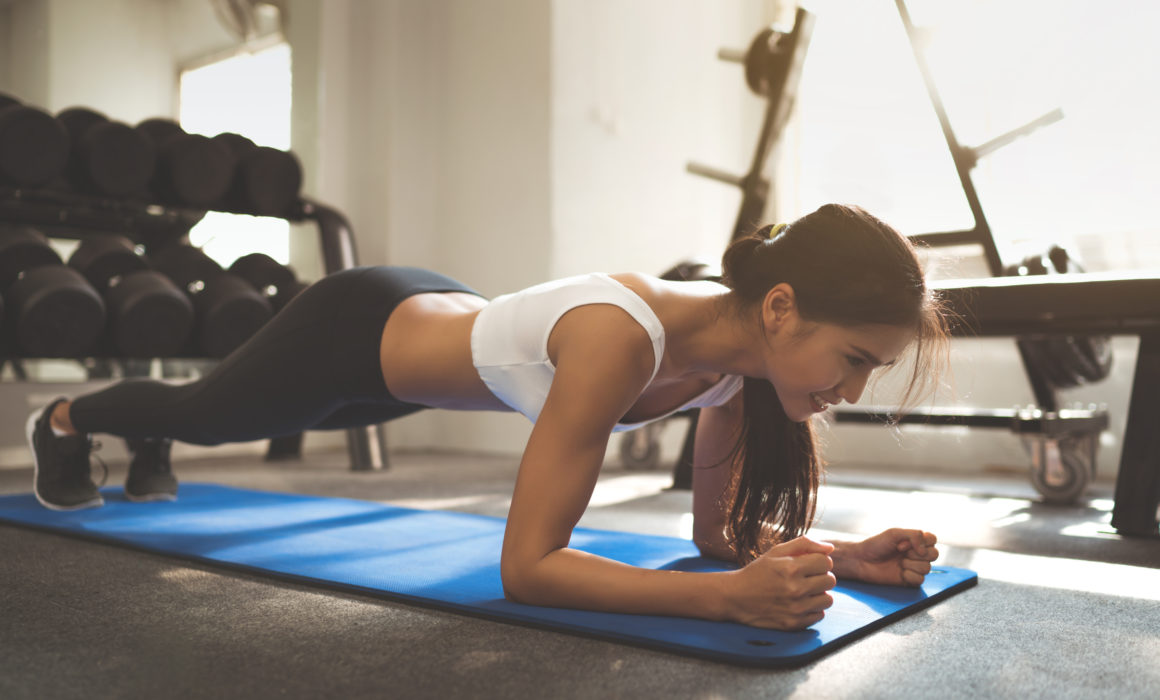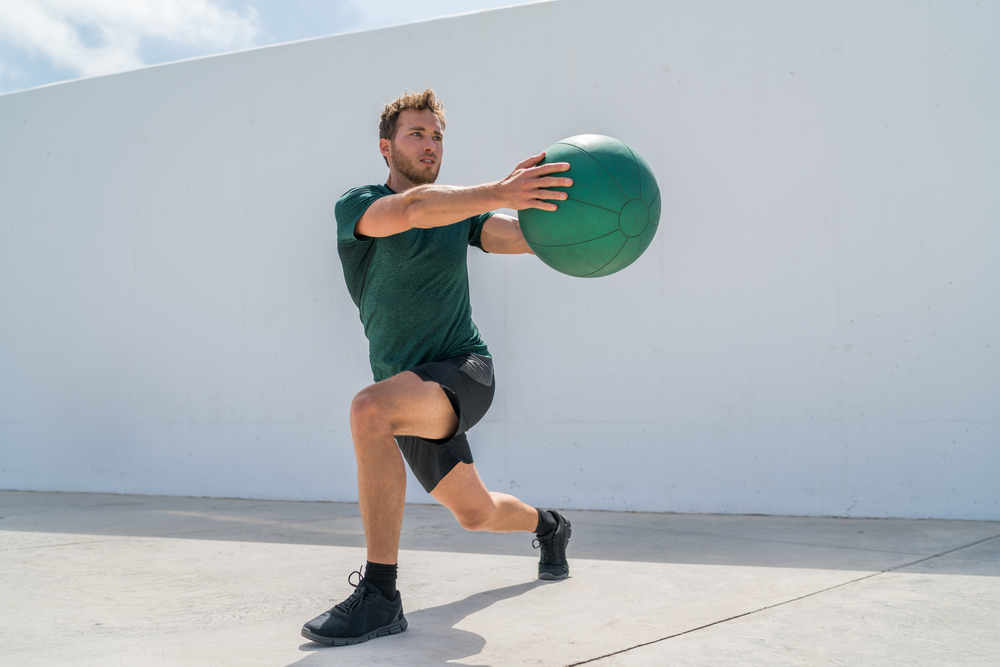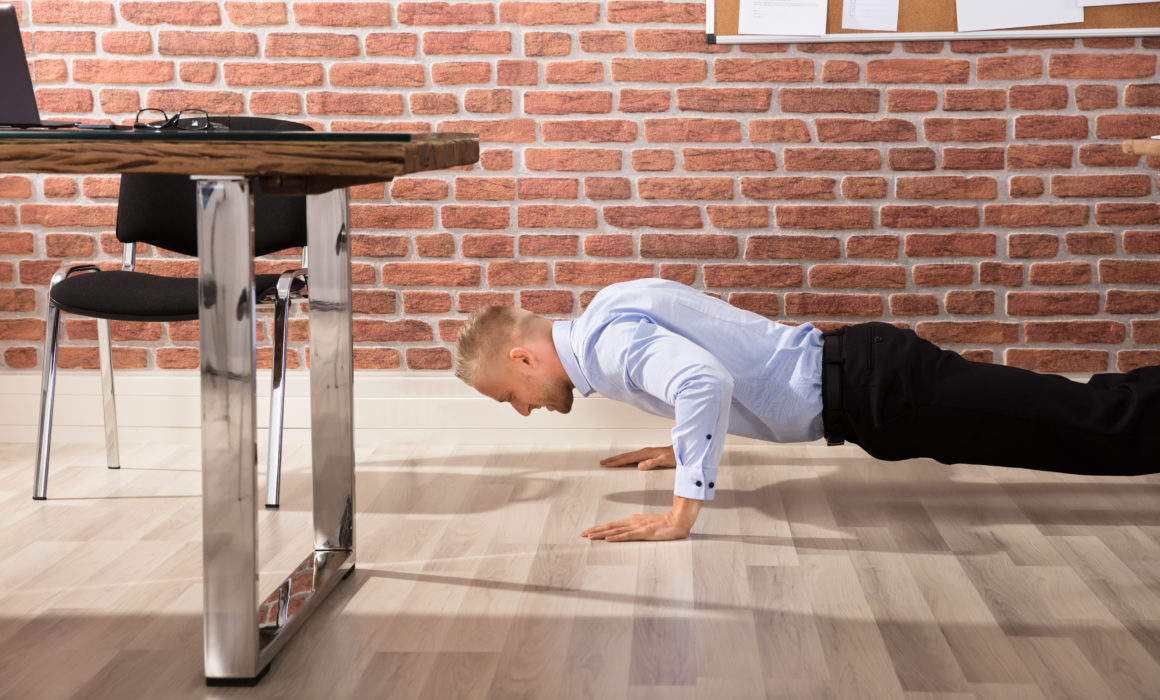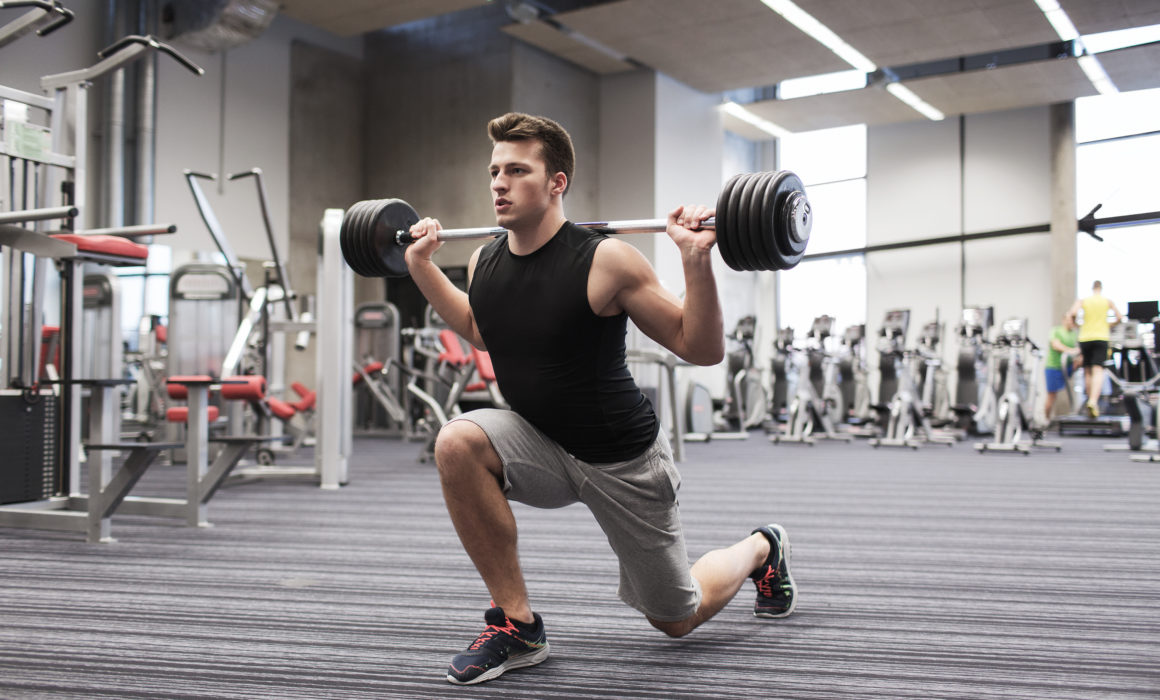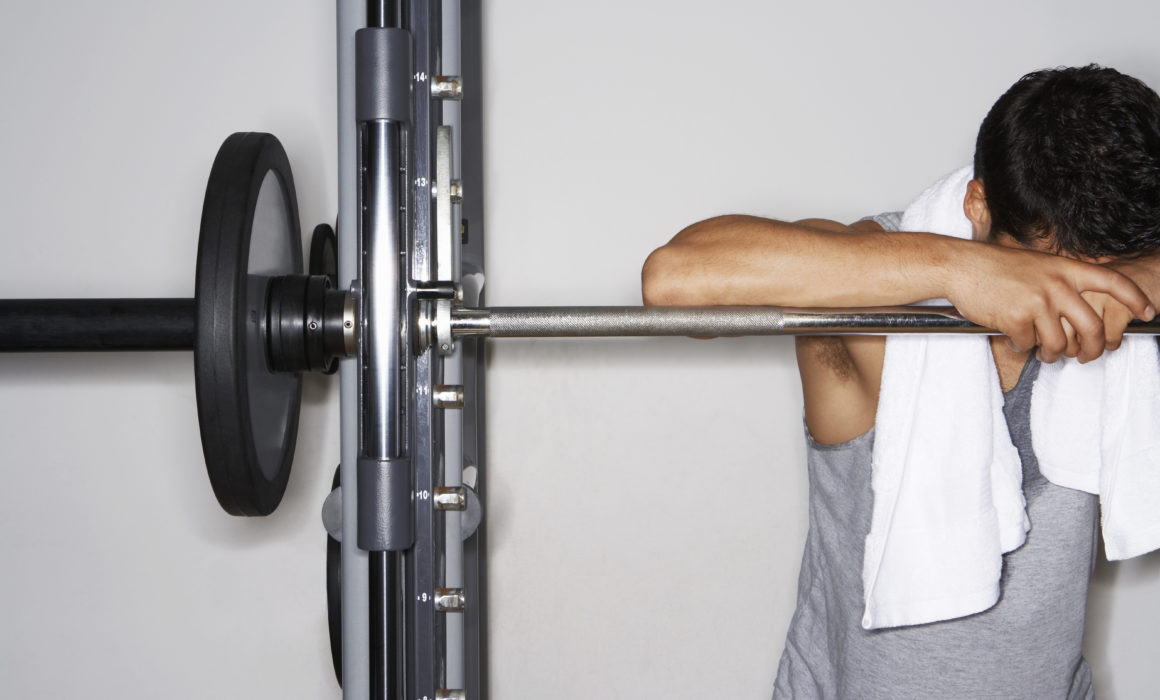Unlock ELITE Athletic Potential with Effect Performance Training
Your athleticism is the foundation of your sport specific skill. Without some level of athleticism, athletes are not able to effectively execute the skills that their sport demands. As competition increases, this becomes even more apparent. Look at the difference between a D1 basketball player and a D2 or D3 basketball player. Although there may be slight differences in skills, the biggest difference between the level of play is the athleticism and genetics of a D1 player compared to a D2 or D3 player. D1 players are typically taller, longer, and more athletic.
So, if we know athletes with superior genetics have the competitive advantage, how do we level the playing field? In full transparency there are multiple factors that contribute to athleticism. Genes are a huge factor in the way that your body stores and produces elastic energy which is responsible for your explosive power and strength. Other factors that contribute to your athleticism include movement efficiency, mobility, strength, and your central nervous system. Without getting too technical, there are factors that you can control that contribute to your overall athleticism, and there are factors that you cannot control, like genetics. The good news is, with proper training, you can maximize your personal capabilities with a sound comprehensive program.
Comprehensive and Progressive Programing
I see a lot of performance programs that are based on random high volume routines that make athletes tired and leave them feeling depleted each workout. Although this type of training may get an athlete in shape short term, eventually this approach will cause training plateaus, burnout, or even injury.
An effective sports performance program that is designed to maximize athleticism should be comprehensive and progressive with effective periodization. A comprehensive program is one that is detailed and touches on all aspects of athletic ability (mobility, stability, coordination, agility, speed, strength, power, cognitive ability, and restoration to prevent injury). Touching on all of these athletic qualities daily and or weekly will allow athletes to fill each bucket, which will then enhance overall athleticism that will transfer to sport activity.
The other important aspect of an effective performance training program is progression. It is easy to get caught up in short term gains but unless an athlete plans to retire or quit in the next 3 months, it is extremely important to think about the big picture. You have to know and understand what is the long term goal and work backwards from there. If a 15 year old athlete aspires to play college sports but just started taking training seriously and doesn’t have much training experience, he or she has to focus on building a foundation of core strength, coordination, and mobility. The adage “you can’t build a house on toothpicks,” couldn’t be more true in this situation. Learning proper technique and improving movement efficiency early on, will go a long way and will increase the ceiling of an athletes athletic potential if they lay the foundation properly and early on in the training stage.
Once a foundation has been set, progressive overload is the key to long term sustained results. That means every 2-4 weeks there has to be an adjustment to the plan because our bodies are designed to adapt to stimulus. Once an adaptation occurs from completing a program consistently for 2- 4 weeks, the next phase of the program should increase volume (sets and reps), load (weight), or intensity (exercise selection or rest period). This same method should be followed with each new training phase in order to continue to progress toward maximizing athletic potential.
Best approach to training
- Improve coordination and movement efficiency (“can’t build a house on toothpicks”)
- Develop work capacity and endurance
- General strength
- Max strength
- Sport specific speed and power development
- Progressive overload

